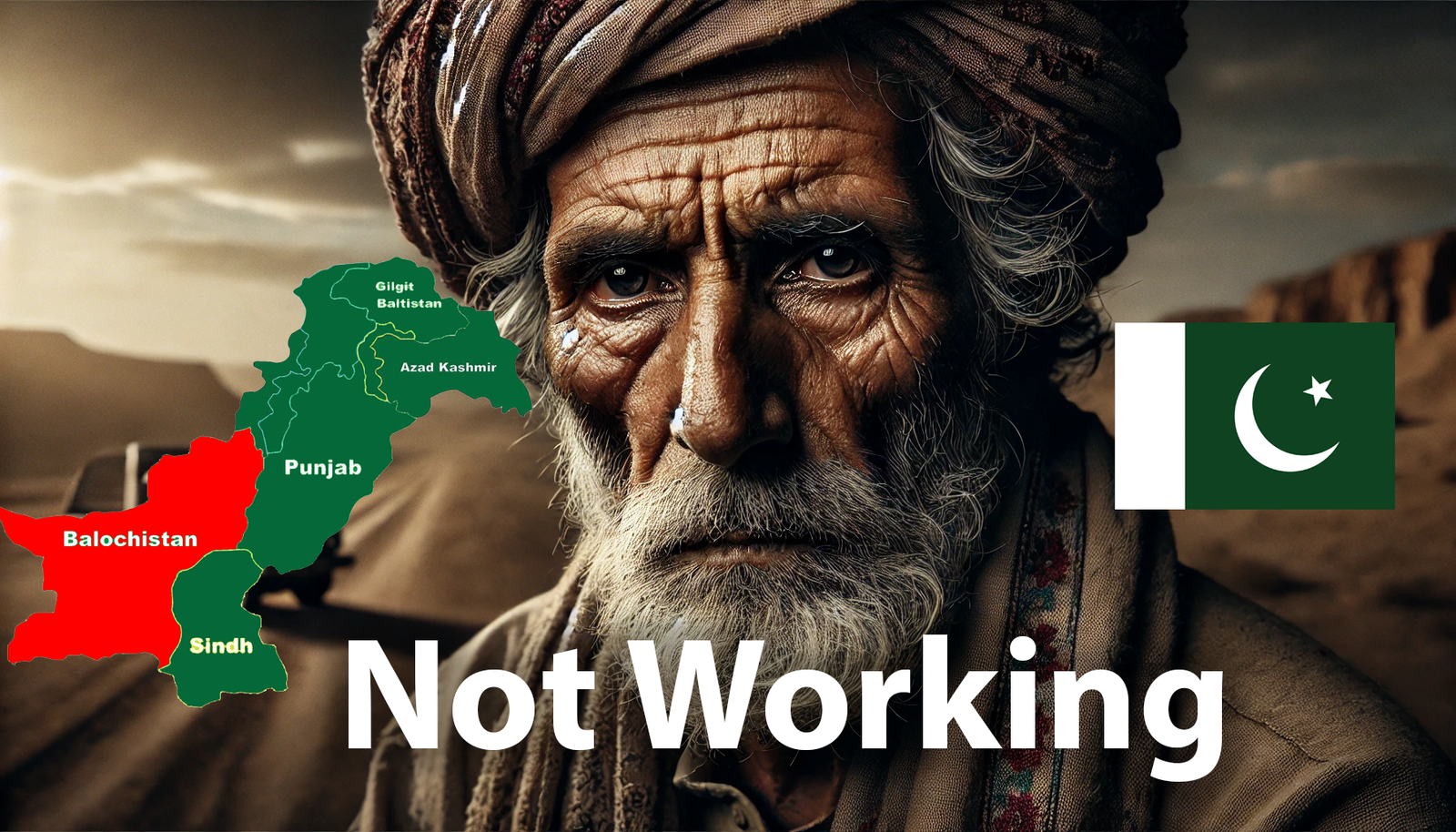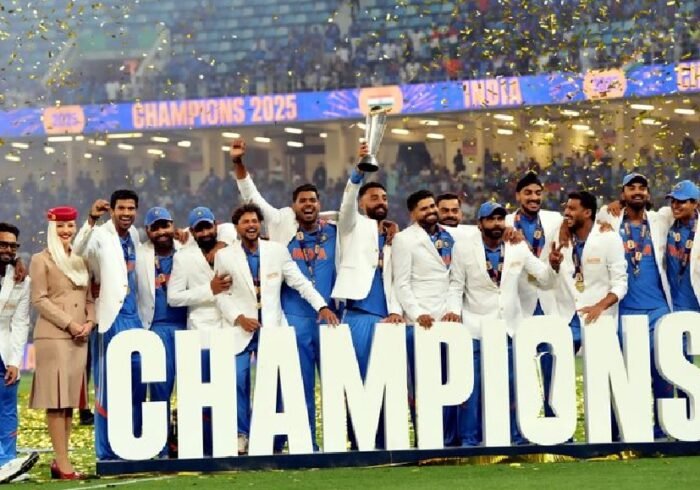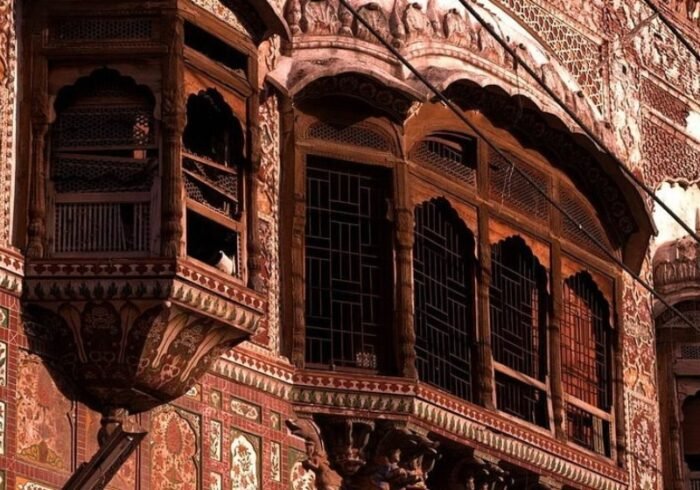Comprehensive Analysis of Federalism in Balochistan
As a proud Pakistani, I’m driven to confront a harsh reality that threatens our nation’s fabric: federalism isn’t working for Balochistan. This isn’t just a bureaucratic glitch—it’s a deep wound in our unity, one I feel personally responsible to mend through words and ideas. My goal here is twofold: to debunk myths peddled by separatists and to spotlight the government’s missteps—sometimes overly cautious, sometimes shamefully soft, and at times recklessly forceful—all without meaningful reforms. I’m heartbroken over the lives lost—our valiant soldiers and innocent civilians—caught in this quagmire. The state’s pendulum swings between appeasing Baloch terrorists like the Balochistan Liberation Army (BLA) and unleashing brute force, neither approach fixing the root causes. This is my plea to rethink federalism, to make it a tool that binds us, not breaks us.
Balochistan’s story is one of paradox. Spanning 347,190 square kilometers—43.6% of Pakistan’s land—it’s home to just 12.34 million people, a mere 5.9% of our 240 million-strong nation. It pumps out 40% of our gas, a lifeline for industries and homes, yet languishes as our poorest province, where 9 out of 10 rural girls never see a schoolroom. This isn’t fate—it’s failure. I refuse to pin this solely on one institution; the entire government—elected officials, policymakers, the establishment—has dropped the ball. But I’m not here to despair; I’m here to demand change, to propose solutions that can win back the Baloch and silence the BLA’s lies.
Historical Background and Context
Balochistan’s past isn’t a simple tale of a unified land stretching back thousands of years—it’s a mosaic shaped by migrations and empires. Archaeological gems like Mehrgarh, dating to 7000 BCE, prove human presence from the Paleolithic era. Yet, the name “Balochistan” and its identity as a distinct region are relatively modern. Historians argue the Baloch people, likely migrating from the Middle East around the 10th century CE, settled here, mixing with local tribes like the Dravidians and Indo-Aryans. Over time, it fell under the sway of the Indus Valley civilization, Persian empires, and later the Mughals, before the British carved it into four autonomous feudal states: British Balochistan, Las-Bela, Kharan, and Kalat.
When Pakistan was born in 1947, these states faced a choice. British Balochistan merged seamlessly, while Las-Bela and Kharan willingly joined, embracing the dream of a united Pakistan. Kalat, however, balked. The Khan of Kalat declared independence on August 15, 1947, but after negotiations and a brief military move by the government in March 1948, it acceded. I don’t see this as Pakistan bullying its way in—three of four states chose us willingly—but as a messy birth pang that separatists exaggerate. Conflicts flared again in 1958-59, 1962-63, and 1973-77, the latter claiming 241 rebel and 142 soldier lives, showing cracks never fully healed. Today’s insurgency, raging since 2003, is fueled by Baloch terrorists like the BLA, twisting history into a weapon.
Federalism in Pakistan and Balochistan
Pakistan’s federal framework, forged in the 1973 Constitution, splits power between the center and four provinces. The Senate gives each province equal say—23 seats apiece—while the National Assembly’s 342 seats tilt heavily toward population, with Punjab grabbing 148. The 18th Amendment in 2010 was a bold step, stripping the president’s power to dissolve parliament and handing provinces like Balochistan more control—local government, resource rights, you name it. It was supposed to be a lifeline (18th Amendment to the Constitution of Pakistan Paradigm Shift).
But I’m furious because it’s not delivering. Take a district like Gujranwala in Punjab—it sends 7 members to the National Assembly, while Balochistan, a whole province, gets a measly 16. That’s not Punjab’s fault—it’s playing by the rules—but it’s a slap in Balochistan’s face. Politicians chase Punjab’s 148 seats to win power; Balochistan’s crumbs don’t even register. I’ve watched parties like PML-N cozy up to tribal sardars before elections, only to ghost the province post-victory. Even if a party dominates Balochistan, it’s powerless in Islamabad—16 seats can’t sway a 342-seat game. The Baloch feel like an afterthought, and honestly, they are.
What’s the fix? I say amplify their voice. Triple Balochistan’s seats—48 instead of 16—or weight their votes double in national polls. Better yet, carve out more provinces: a Baloch south, a Pashtun north, each with heft. This isn’t breaking Pakistan; it’s strengthening it. Punjab’s not the enemy—it’s thriving under a system that starves Balochistan. We’ve got to rethink this, make every Baloch vote matter, not just the ones in Lahore’s shadow.
Flaws in Federalism for Balochistan
The cracks in this system are wide enough to drive a truck through, and I’m stunned we’ve let them fester:
- Senate’s Weak Hand: The Senate’s equal seats sound nice, but it’s a paper tiger next to the National Assembly’s muscle. Balochistan’s senators shout into a void—why haven’t we beefed up their role?
- Boundary Blunders: Balochistan’s 55.6% Baloch and 36% Pashtun mix is a treasure, but lumping them into one province with no ethnic logic sparks resource wars. Redraw the lines—give each group a fair shot.
- Shut Out of Power: The Baloch are ghosts in our bureaucracy and military, not because they can’t cut it, but because the establishment’s Punjabi-heavy. Open those doors—it’s their country too.
- Resource Robbery: Producing 40% of our gas, Balochistan should be flush, but Article 172(3)’s joint ownership is a sham—revenue barely trickles back. Where’s the accountability?
- Local Chaos: Article 140(A) mandates local government, but political squabbles have stalled it, letting corruption rot services—procurement scams, job rackets, you name it. Fix this now.
- CCI’s Collapse: The Council of Common Interests should settle gas fights, but it’s a dud, leaving Balochistan high and dry. Why’s it so toothless?
- Foreign Meddling: Neighbors like Iran and India exploit these flaws, allegedly funneling cash to the BLA, though proof’s murky. It’s a pressure point we can’t ignore.
These aren’t just flaws; they’re a betrayal of Balochistan’s people. I can’t stomach how we’ve let this slide.
Impact of These Flaws and Role of Baloch Terrorists
These failures aren’t academic—they’re blood on the ground. The BLA’s racked up over 150 attacks in the past year, like the March 11, 2025, Jaffar Express hijack—33 terrorists, 21 civilians, 4 soldiers dead. They scream, “Pakistan’s federation hates you,” and these flaws make it believable. Killing them doesn’t cut it—new recruits spawn from the same anger. I’ve lost count of the soldiers we’ve buried; it’s gut-wrenching.
A Baloch PM wouldn’t fix this—locals would call him a federation stooge, not a hero. The BLA’s propaganda is slick, twisting 1948 into an occupation myth—Kalat’s resistance wasn’t the whole story, but it sticks because the system’s broken. Leaders like Bashir Zaib and Rehman Gul Baloch snag educated kids with tales of glory, fueled by real grievances. They’ve got Telegram channels pumping lies—meanwhile, our response is either silence or bullets, no middle ground. We’re losing a war of ideas, and it’s costing lives.
Human Rights Abuses and BLA Terrorism
Let’s talk straight: enforced disappearances and protester beatings are real, and they’re a gift to Baloch terrorists. Families vanish, protests turn ugly—it’s a propaganda jackpot for the BLA. But I’m firm on this: we can’t negotiate from a weak spot. The BLA’s 150+ attacks last year demand a military hammer—wipe them out. Then, and only then, can we rebuild.
Picture this: boost Balochistan’s National Assembly seats to 48—triple the current 16 (National Assembly of Pakistan Website). Grow local leaders, not establishment puppets—think young Baloch with fire, not old sardars. Pour Rs. 500 billion into roads, schools, hospitals—9 out of 10 girls unschooled is a national shame. Flood airwaves with truth—Kalat was one of four, not the whole tale. Pair that with a relentless BLA takedown—over 150 attacks means no mercy. Then sit down to talk. India’s Telangana worked—force plus reform cut unrest by 60% in a decade. Strength wins; weakness loses.
Absence of National Political Party
Here’s another festering sore: no real national parties call Balochistan home. The PPP had its day, PTI’s trying now, but it’s mostly a void. Since 1970, countrywide parties—PML-N, PPP, PTI—ran 22 of 28 civilian years, leaning on flip-flopping sardars. The establishment’s clashes with these parties—think Bhutto/Nawaz/Imran ousters—gut them, leaving space for separatists. State-backed leaders? A joke. Sanaullah Zehri’s 2018 fall—9 of 21 seats left from a 25-strong coalition—shows the chaos.
A Baloch PM or CM changes nothing—locals see them as federation lackeys, not saviors. Six chief ministers in a decade, two booted by no-confidence, scream instability. I want parties born in Balochistan’s dust, not Islamabad’s boardrooms—ones that fight for locals, not power brokers. Without that, the BLA’s whispers win.
Proposed Reforms and Pathways Forward
So, what’s my plan? Here’s how we save Balochistan:
- Power Boost: Triple those 16 seats to 48 or juice up the Senate—make Balochistan roar.
- Resource Justice: Enforce Article 172(3)—40% gas means 40% cash, tracked openly.
- Local Rule: Fund Article 140(A)’s local governments—Rs. 100 billion a year could cut corruption.
- Stop Abuses: End disappearances—rule of law, not rumors, wins trust.
- Build Big: Rs. 500 billion for schools, roads, jobs—erase that 90% illiteracy stat.
- Grow Parties: Seed real Baloch parties—let them bloom, not wither under sardars (Balochistan politics DAWN).
- Crush and Talk: Hit the BLA hard—150 attacks means no quarter—then negotiate from victory.
- More Provinces: Split Balochistan—south Baloch, north Pashtun—double the voice.
Conclusion
Federalism’s not dead for Balochistan—it’s just sick, and I’m tired of watching it limp. Our soldiers and civilians deserve better than BLA bombs; the Baloch deserve more than neglect. The government’s flailed—soft, hard, clueless—but we can fix this. More seats, more cash, more power, more heart—that’s my roadmap. It’s not just policy; it’s Pakistan’s soul on the line. Let’s make federalism work—for Balochistan, for every one of us.
Key Citations (Full References at End for Clarity)
- Balochistan, Pakistan Wikipedia
- Balochistan Province of Pakistan: Facts on its Geography and Economy Jagranjosh
- History of Balochistan Wikipedia
- History – The Official Web Gateway to Balochistan
-
- Pakistan/Balochistan (1947-present)
- Who are the BLA, the group behind Pakistan’s deadly train hijack Al Jazeera
- Administrative units of Pakistan Wikipedia
- Eighteenth Amendment to the Constitution of Pakistan Wikipedia
- 18th Amendment to the Constitution of Pakistan Paradigm Shift
- Territorial autonomy and ethnic conflict: the Baloch ethnic question post-18th Amendment Commonwealth & Comparative Politics
- Demographic Changes in Balochistan: The Baloch Identity The Geopolitics
- Pakistan’s Baloch Insurgency: History, Conflict Drivers, and Regional Implications THE INTERNATIONAL AFFAIRS REVIEW
- 18th Amendment: Devolution in Balochistan? Balochistan Voices
- No quick fixes in Balochistan DAWN
- Balochistan politics DAWN
- More provinces is the way forward DAWN
- National Assembly of Pakistan Website
- GNET BLA Social Media
- Pakistan MoFA BLA Designation





